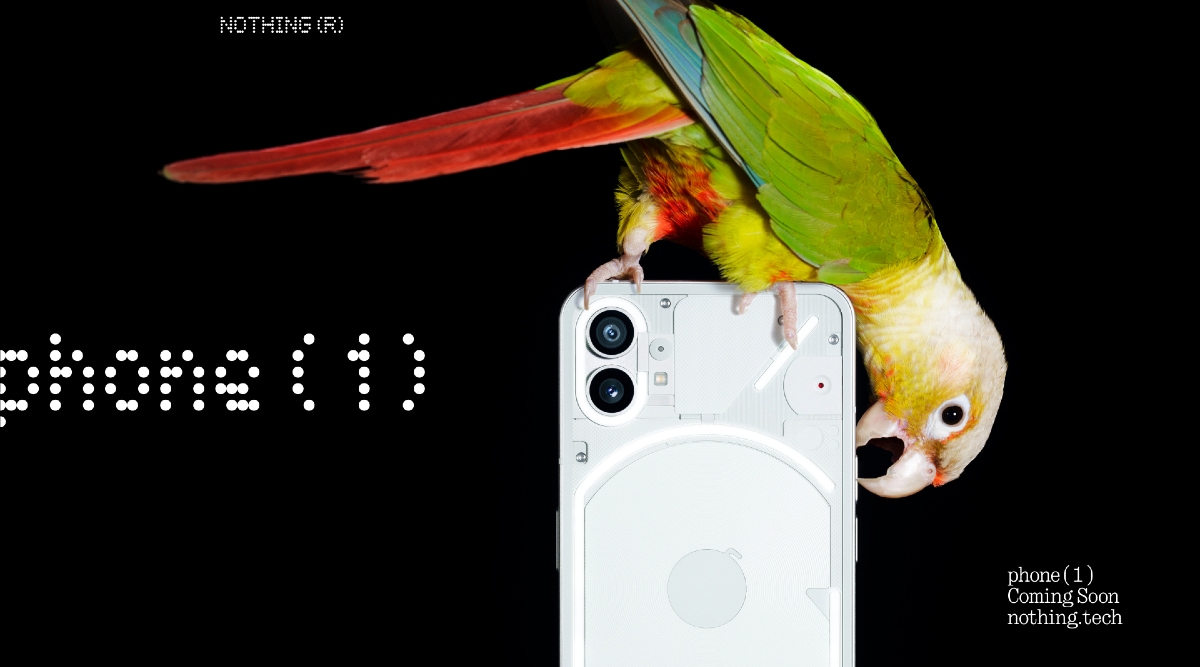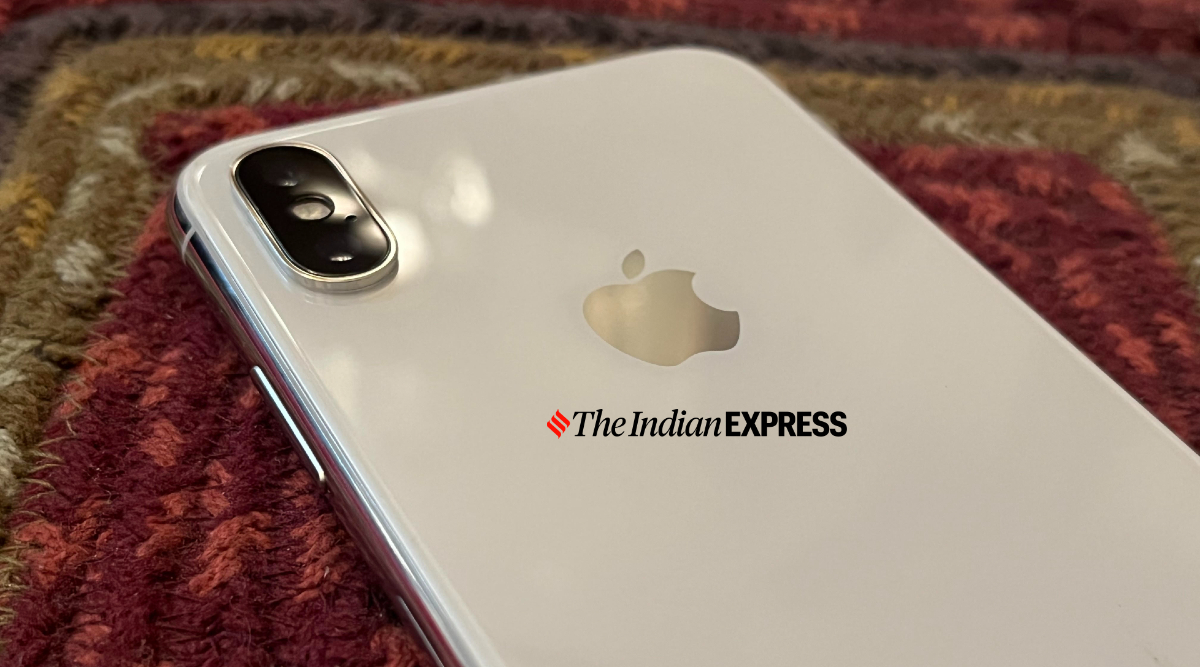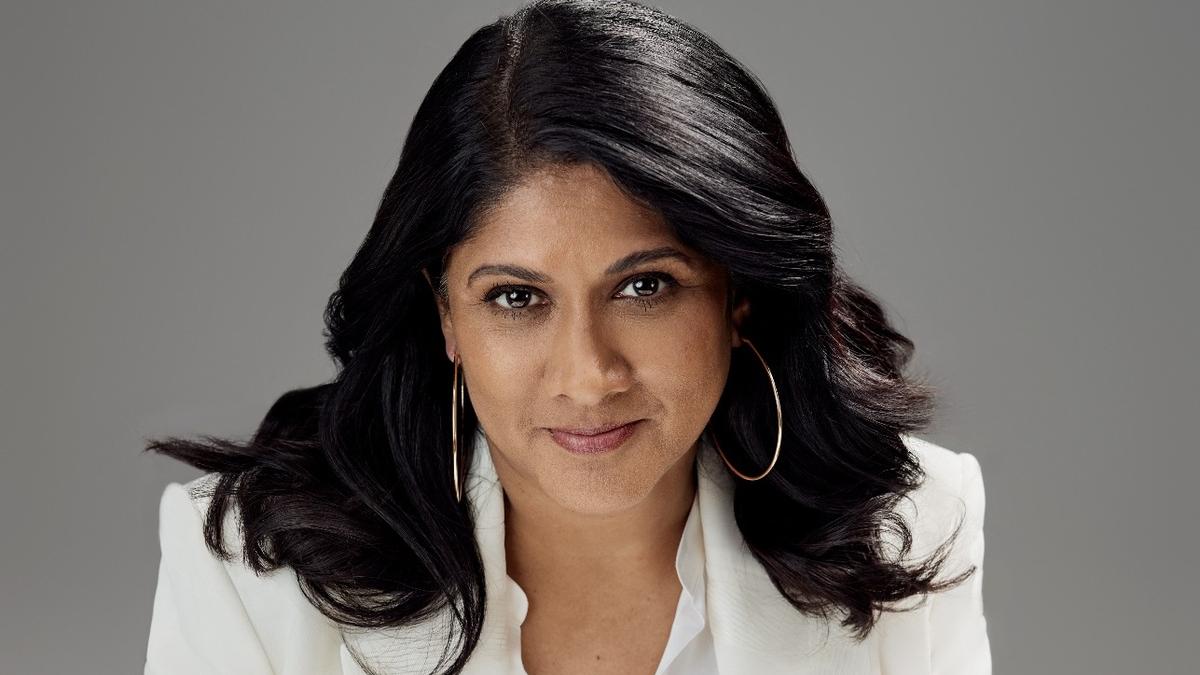Smartphones are inherently a personal choice, and the choice to buy phones is not easy. Apple, Samsung and OnePlus are the biggest names in premium smartphones, while those wanting a budget phone can choose between Xiaomi and Realme. If the second half of 2022 is anything to go by, the mobile phone market looks set to be a scorcher. All the big names in the smartphone market are coming up with new models to entice consumers despite rising inflation and economic uncertainty. Apple is expected to launch the next instalment of the iPhone in September, while Samsung and OnePlus are also preparing to launch new flagship smartphones in August. If you are in the market for a new phone, keep your eye on these upcoming smartphones.
iPhone 14 Pro
At the top of our “most anticipated” smartphone, the list is the iPhone 14 Pro. The hype for the iPhone 14 Pro/Max is real, making them a perennial favourite among Apple fans. The idea behind the iPhone 14 Pro would remain the same as last year’s model: a phone with little extra power, better cameras and more oomph. We wouldn’t be surprised to see a beefed-up camera system on Apple’s top-end smartphone, with rumours suggesting it could have a 48-megapixel main camera. Apple has improved the camera on the Pro lineup over the last few years but the resolution has remained at 12 megapixels.
And if you are bored of seeing the annoying notch on top of the iPhone screen, the good news is waiting for you. For the first time since the debut of the iPhone X in 2017, Apple will remove the current notch and replace it with a pill-shaped hole and a small circular hole to accommodate the selfie camera and FaceID. Other updates, most likely include a powerful A16 processor, pro-grade front-facing camera with autofocus, always-on display and maybe some design tweaks. But all these improvements could come at an added cost, with reports suggesting iPhone 14 Pro and iPhone 14 Pro Max prices are expected to increase by $100 to $1099 and $1199 respectively.
With limited availability, pre-order Phone (1) before it goes on sale. And get an exclusive reward. Invite only. Sign up now on: https://t.co/AKTOkTLzq4 pic.twitter.com/hLMeUgIeVX
— Nothing (@nothing) June 24, 2022
Nothing Phone (1)
Ever since former OnePlus co-founder Carl Pei announced its London-based Nothing brand, there has been a sense that Pei is on a mission to make everyday tech more fun. Nothing is hoping a few design quirks can help its products differentiate from rivals. Its Ear (1) did help Nothing to market itself as a cool and hippie tech brand, but Pie now wants to take on established brands like Apple and Samsung by making a smartphone.
The Phone 1 smartphone is pitched as a design marvel with a back that appears to be made from a transparent material. The device also has illuminating light strips on the rear of the phone, something you won’t find on any modern-day smartphone. But the real risk is Nothing’s decision to stick to a mid-range Qualcomm Snapdragon processor and dual-cameras on the rear. The on-board specs don’t scream premium, especially when compared to smartphones from Realme that offer better specs in the mid-range segment.
Our understanding is that Pei’s Nothing is not going after consumers who want a phone with the best and greatest specs. The intention clearly is to establish an upmarket brand that focuses on tech products with a certain style and personality. No matter what the fate of Nothing Phone (1) will be when it arrives on July 12, Pei has shown that he dares to launch a new smartphone when the competition is at its peak. Most importantly, Nothing Phone (1) comes at a time when innovation in the phone market is no more happening and every smartphone looks the same.
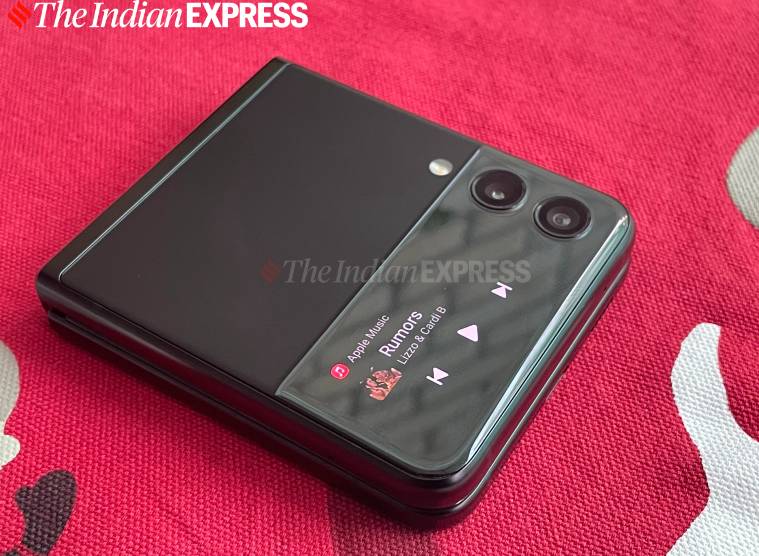 The Galaxy Z Flip 3 made its debut in 2021 with a starting price of 00. (Image credit: Anuj Bhatia/Indian Express)
The Galaxy Z Flip 3 made its debut in 2021 with a starting price of 00. (Image credit: Anuj Bhatia/Indian Express)
Samsung Galaxy Z Flip 4
Unless you have been living under a rock, you will know that Samsung has played an instrumental role in making a niche market for foldable phones. Its attempt to make foldable phones closer to mainstream smartphones with the launch of last year’s Galaxy Z Flip 3 was a successful one. The Flip 3 is the most polished foldable we have used, and it’s the closest to being the only foldable phone we’d recommend with full confidence.
But Samsung still has a lot to prove that a large consumer base wants a foldable device. The upcoming Z Flip 4 can change the perception of foldable smartphones among mainstream smartphone users. We wouldn’t be surprised to see the next Z Flip have a faster Snapdragon processor and a slightly tweaked design. But what we expect from the Galaxy Z Flip 4 is to have a longer battery life, better cameras and more software features.
The whole approach of a clamshell-style phone that opens into a full-size smartphone works, but what needs to be done is to bring the price of the Galaxy Z Flip down to $700 from $1000 to bring foldable phones into the mainstream.
OnePlus 10T
For most people looking for a premium smartphone in the coming months, the OnePlus 10T remains the safest bet. One thing that favours OnePlus as a brand is that its phones are always reliable and perform just the way they have been marketed. They are easy to use, look cool and premium, and have the best software experience on an Android smartphone. Based on leaks, the OnePlus 10T will likely retain the original OnePlus 10 Pro’s design.
However, the display will be flat and the alert slider will not be there. Expect more or less the same specs as the OnePlus 10 Pro but expect slightly better performance on the ‘T’ model, thanks to the Snapdragon 8+ Gen 1 processor. We don’t see any dramatic difference between the OnePlus 10 Pro and the upcoming OnePlus 10T but that is exactly the overall state of the smartphone market. Many soon-to-be-announced smartphones are inherently not new but reinvented styles of the past models.
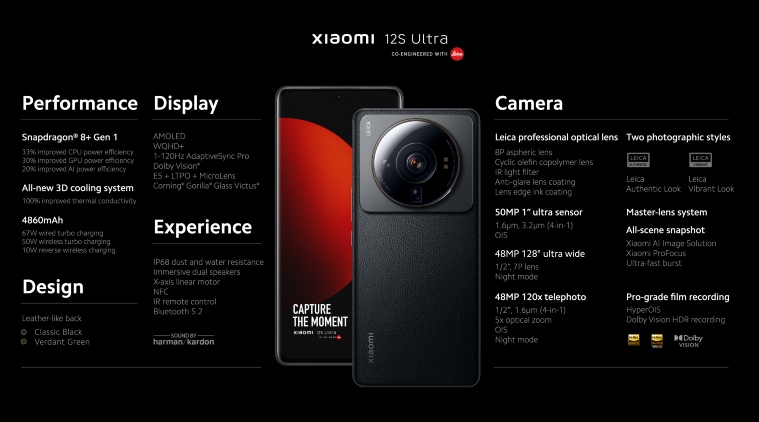
 A 1-inch camera sensor is a big deal on a smartphone. (Image credit: Xiaomi)
A 1-inch camera sensor is a big deal on a smartphone. (Image credit: Xiaomi)
Xiaomi 12s Ultra
Rather than resembling the smartphones we already own, Xiaomi is attempting to do something different with the 12s Ultra. And that’s positive news in the smartphone space that feels unexciting and stale. The 12S has one thing that no other smartphone has on the mainstream phone market: a 1-inch camera sensor. A 1-inch camera sensor is a big deal on a smartphone, something you only find on high-end cameras like the Sony RX100 camera. The larger size allows the sensor to have more light, translating into better photos. Sure, this is not going to replace a DSLR regardless but it could be a step up from normal smartphones. Given that the 12S Ultra has been “co-engineered with Leica” we have set high hopes for Xiaomi’s latest flagship. But is the 1-inch camera sensor enough for Xiaomi to make big in the premium smartphone market?
For Xiaomi, the biggest challenge continues to be the image it has made in the minds of consumers. Despite many attempts, Xiaomi has not been able to market itself as a premium brand in India. Xiaomi has had a terrific portfolio of high-end phones but its devices never made to the big league. The 12s Ultra might change that, but for now, Xiaomi is keeping the device limited to China. That’s another sign that proves that Xiaomi is not confident in bringing its most sophisticated smartphone to international markets, especially in Europe and India.
!function(f,b,e,v,n,t,s)
{if(f.fbq)return;n=f.fbq=function(){n.callMethod?
n.callMethod.apply(n,arguments):n.queue.push(arguments)};
if(!f._fbq)f._fbq=n;n.push=n;n.loaded=!0;n.version=’2.0′;
n.queue=[];t=b.createElement(e);t.async=!0;
t.src=v;s=b.getElementsByTagName(e)[0];
s.parentNode.insertBefore(t,s)}(window, document,’script’,
‘https://connect.facebook.net/en_US/fbevents.js’);
fbq(‘init’, ‘444470064056909’);
fbq(‘track’, ‘PageView’);


